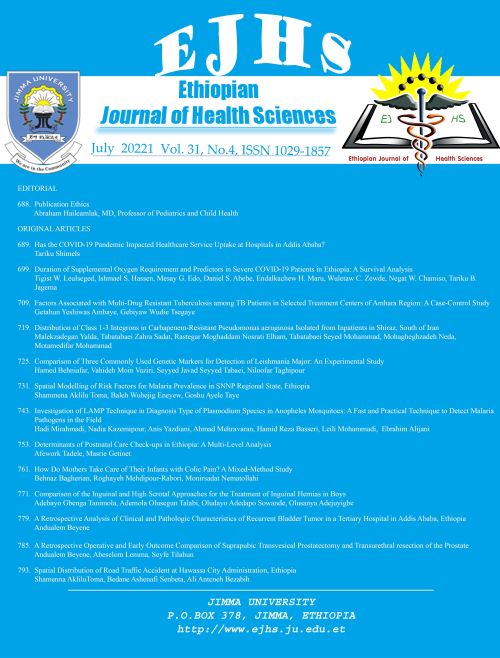Main Article Content
Cognitive Factors as Determinants of Typhoon Preparedness among Public High School Students in the Philippines
Abstract
BACKGROUND፡ Typhoon is the most common disaster in the Philippines and lead to injury, death, and damage to property. Although public hazard education is conducted with considerable effort, the disaster preparedness of society is low. Thus, this study aimed to assess the cognitive factors of typhoon preparedness
among public high school students in the Philippines.
METHOD: A descriptive correlation design was used to determine the relationship between cognitive with typhoon preparedness of grades nine and ten public high schools’ students. Nine hundred thirty-three students were selected through purposive sampling from disaster prone areas of the Philippines.
RESULT: The grand mean and standard deviation (M = 3.03, SD= .338) result revealed that the respondents’ cognitive factors in terms of perceived severity, susceptibility, self-efficacy, and response efficacy toward typhoon preparedness (M = 3.11, SD =.421) was high. The result of Pearson's r, p-value and determination coefficient showed that perceived severity, selfefficacy, and response efficacy were positively linear in the relationship to planning, mitigation and response.
CONCLUSION: The respondent’s cognitive factors were high toward typhoon preparedness. Cognitive factors in terms of perceived severity, self-efficacy, and response efficacy determine typhoon preparedness.






